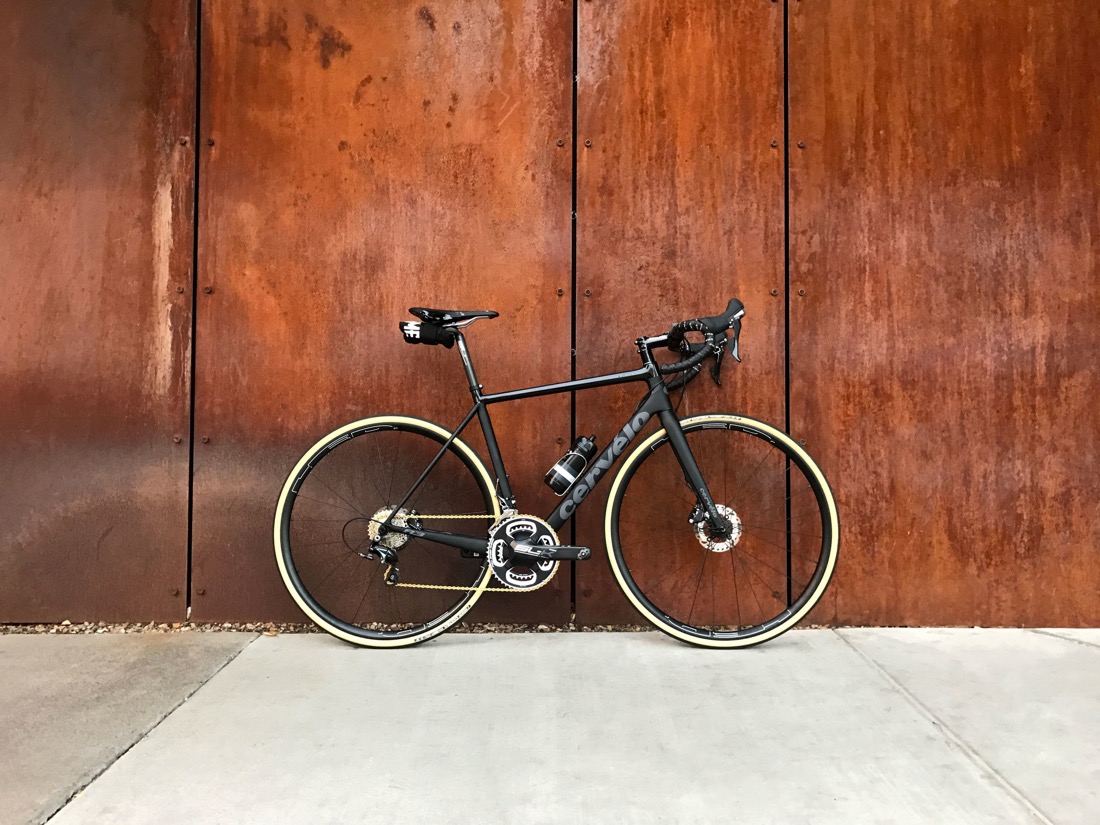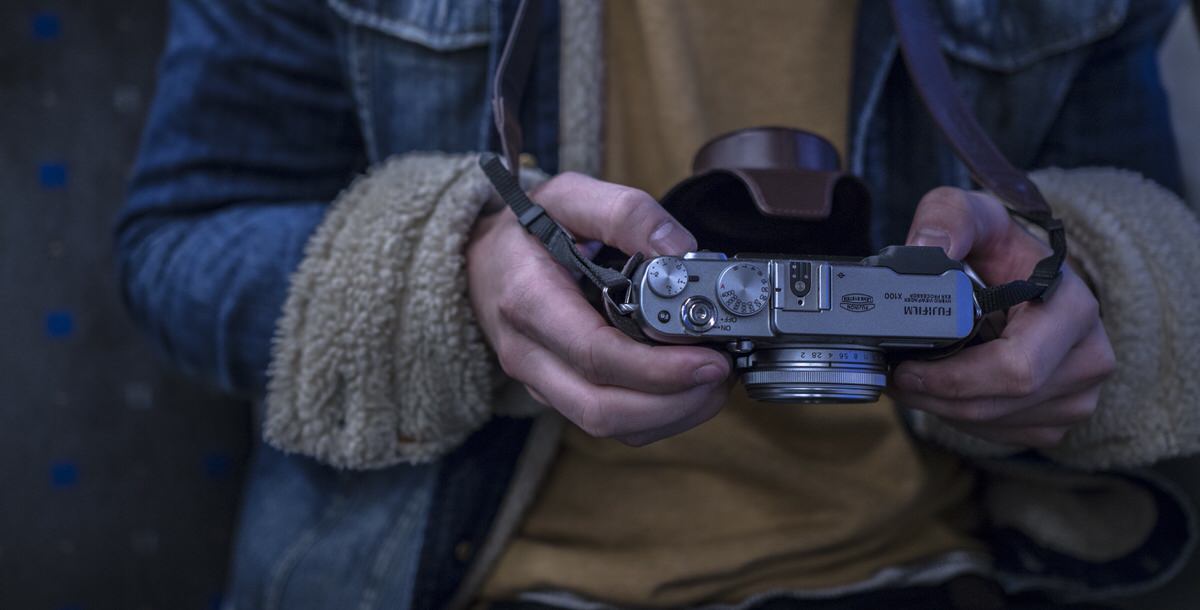I don’t understand this insistence on having to transition from a device to another. Why PCs/Macs and tablets have to be an either/or proposition? In my view, “leaning heavily on past behavior and familiarity with PCs instead of going through the process to replicate the workflows and activities consumers did on their PCs” isn’t a matter of stubbornness, it’s just common sense. Especially when ‘replicating the workflows’ actually means ‘going through a series of new convoluted steps to achieve on a tablet something resembling the original workflows on the computer’. For some (many?) people, it’s just not worth it. The scenario in which one uses both a traditional computer and a tablet is still much preferable, because you get the best of both worlds and you can be productive with much less friction (apologies for the use of trite tech buzzwords here). — Riccardo Mori
I agree with Riccardo. I found Ben's argument very subjective. I wanted to scream in his face, "who the fuck are you to tell me what tools I need to use to be productive". Why should anyone dump the tool they are currently using and are productive with, to use another tool, to put in extra effort, just to get back the same level of productivity?
Asinine argument from Ben. More cogent argument from Riccardo.
There are certainly a few advantages in using a bicycle instead of a car: it’s more portable (you can take it into your apartment when you get home), it has fewer parts that may break down, you can carry it almost everywhere, it doesn’t pollute the environment, in certain situations it’s more practical than a car and you can actually get to work in less time if you live in a particularly traffic-congested city. But a car better protects you from the elements and in case of impact with another vehicle, a car runs faster and you don’t have to push it yourself to make it go; a car gives you comfort and many other conveniences; a car can carry more people at once, plus luggage; in a car — provided you do so responsibly — you can more easily multitask than on a bicycle; and so on and so forth, you get the idea. — Riccardo Mori
I have a car for my daily forty-minute commute to work. It works well in the snow, rain, wind, and cold of winter. It keeps me comfortable during the heat and humidity of summer. It's great for those eight-hour family beach holiday trips to Virginia and the Outer Banks of North Carolina.
I also have a bicycle. It's great for a ride around the neighborhood. It's not practical for my current commute or for long distances.
That makes my iPhone more like a sports car. I don’t own a sports car.
So, while there are people who can easily transition from using a car to using only a bicycle, that doesn’t mean everyone can. Or should. If one can easily carry their family and luggage on holiday by fitting everything and everyone on a car and reaching a faraway destination in a reasonable amount of time, why should they ‘replicate the workflow’ by putting each family member on a bicycle, splitting the luggage among bicycles, and painfully pedalling for days and days until they reach their holiday destination? Bicycle fans will tell you that it’s actually awesome and you even get to exercise and it’s good for your health! Yeah, sure. Or they’ll tell you: I’ve done it, it’s totally possible; if I did it, anyone can. Okay.
I love my iMac. I love my iPad. Neither one is a replacement for the other.



